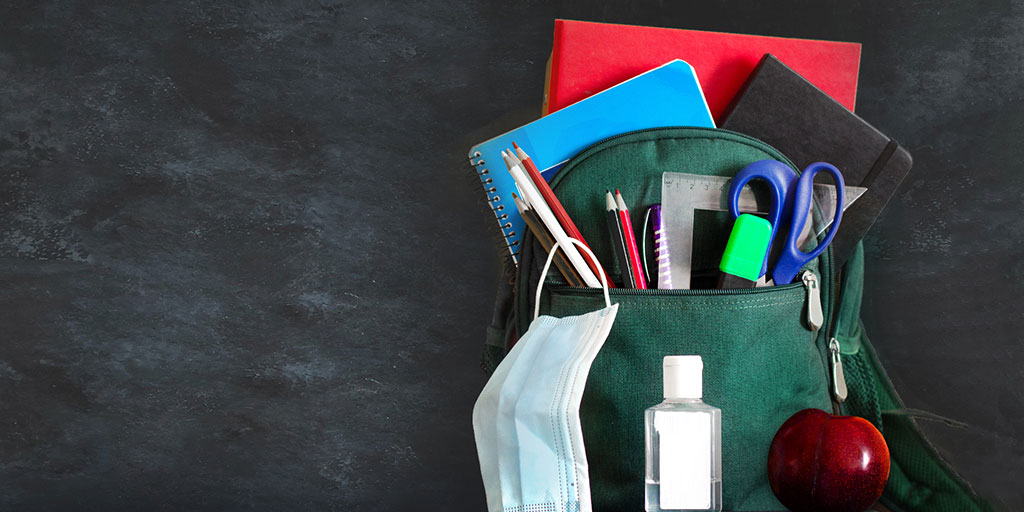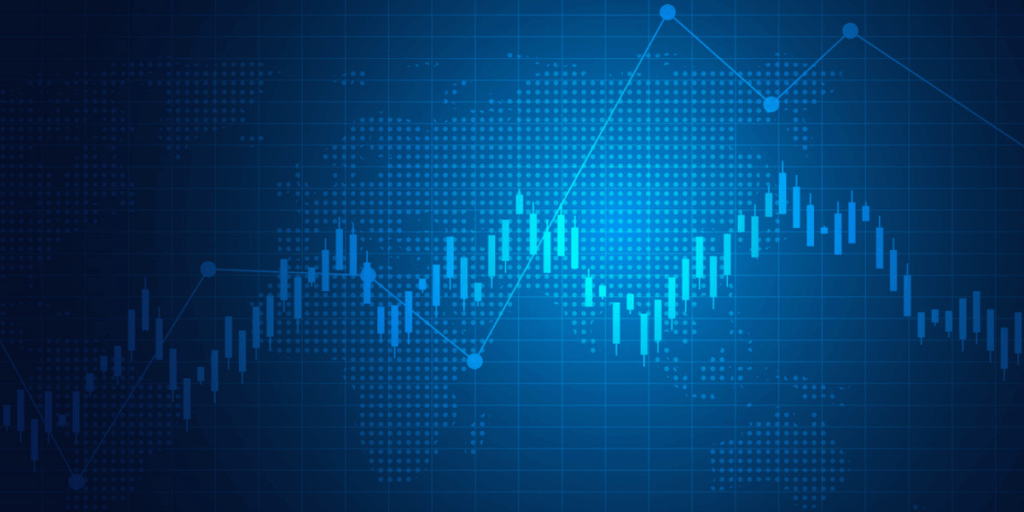It’s that time again. Students are getting ready to meet their new teachers with mixed emotions of both nerves and excitement for going back to school. What’s different from last year, kids are physically going back to school, on campus, around the country. Even though things are still not quite normal, it’s a major step in that direction. This marks the crowning year for the Class of 2022. Educating our kids is as important as anything we do.
I am still struggling to embrace school starting before Labor Day. It just doesn’t seem right. And it feels like it starts earlier and earlier. August is still Summer! I’m sure I’m not alone in this belief…
The first days of school have long been about reacquainting with classmates and new stuff. The first day of class generally requires a cartload of supplies for the school year. Spending on electronics and jewelry increased too. I get the electronics, but jewelry? Apparently, engagement rings have made a big comeback. Or someone keeps sneaking stuff in the shopping cart. I must confess I would sneak a pack of baseball cards into the cart while shopping for supplies for school when I was a kid. Actually, not much has changed on that subject. I still like baseball cards.
Going back to school means big things for shopping. Back-to-School Season for retailers is second only to the Holidays. It’s hard to avoid the ads. I was searching around to see when Back-to-School sales became a marketing campaign. I came across a Montgomery Ward “Back-to-School” mail order catalog from 1944. Remember Montgomery Ward? It started as a mail-order catalog company in 1872. The company expanded with catalogs and brick-and-mortar stores across the country. Like many retailers, it struggled as the 20th century came to a close, ultimately going bankrupt in 2001. The Ward brand re-emerged as an online retailer after a catalog company bought the rights in 2004. Disruption is not new to retail.
The American Consumer accounts for 70% of economic activity. Back-to-School 2021 will serve as a key barometer for consumer confidence as the pandemic evolves. The American people have been returning to routines of going out, eating at restaurants, staying in hotels and traveling on planes. The re-opening of America has come with many fits and starts, the biggest being the current spiking spread of the Delta variant. Full days in a classroom, meetings at the office and crowded activities are being re-thought again. Important for the Economy is the fact that Retail sales have increased for 11 consecutive months. Things were really bad a year ago.
KPMG did a survey last month that showed shoppers plan to spend an average of $268 per child this year. That would be a healthy increase from the $247 spent in 2020. People also plan to visit the store more. Even though the irreversible trend toward online shopping accelerated during the pandemic, more consumers are expected to shop in-store than online for Back-to-School this year. 57% of shoppers said they plan to visit physical stores. That is down from the pre-pandemic level of 66%. Online shopping is expected to rise to 44% from the 34% pre-pandemic. E-commerce sales are expected to decline by nearly 7% from a year ago, but will be 53% higher than the Back-to-School season in 2019. That lumpy data tells an important story of the American Consumer. Americans continue to increasingly buy online, but have embraced getting out and about this Summer. One thing is clear, even under the most challenging of circumstances, Americans still love to shop.
Demographics play a role too. I found this interesting: The expected increase in school supply spending is driven by the larger than average group of preschoolers and college students. This year is about the little kids and the big kids. Spending for preschool is expected to be up 32%, followed by college students up 13%. Middle school and high school are only expected to see a 3% and 4% spending bump this year, according to the report. The retail categories on the hit list this Back-to-School year, according to the report, are footwear at 21%, school supplies at 16% and 14% for apparel. Consumers reported a lower likelihood of buying computers and study-related furniture. That makes sense.
There seems to be some serious pent-up demand for newness. People want to look fresh and fashionable as they get ready to reunite with co-workers or classmates, attend weddings and go out more. Sales from mid-July to early September are expected to rise 5.5% year over year and 6.7% compared with 2019, according to Mastercard. Apparel sales are expected to rise a whopping 78% compared with the Back-to-School season in 2020, when school started virtually in most areas. The strong growth is an 11% increase from the 2019 season, reflecting the pent-up demand.
All of this growing economic activity is taking place as the Delta variant spreads and the re-opening of America slows. Concerns about back to school are expanding too. In what may be the biggest sign of Corporate America’s concerns about the recent spike in Covid cases, Amazon announced it is delaying its plans for employees to return to the office until next year. That followed the New York Auto Show cancelation, and Deutsche Bank’s investor conference moving back online. It’s been a theme of late. Google and Microsoft had already pushed the return to office campaign out from September to October. It might get pushed even further still. This week Garth Brooks said he was debating whether to continue his national concert tour. The NFL begins its season in 4 weeks, with plans to fill stadiums with capacity crowds. We’ll soon see how this plays out. This is life in the pandemic as we know it.
The Market has been taking the Delta variant spread completely in stride. The Dow and S&P closed out the week at fresh, all-time highs. The Market seems to keep looking past the present, seeing a stronger tomorrow. It’s been the case for 18 months, throughout the pandemic. Friday’s gains came on the back of a much better than expected job report. Over 900K jobs were created in August, the most in a year. May and June were revised upward. 1 in 5 jobs came in the restaurant industry. Finding workers has been beyond challenging this Summer. Restaurants were amongst the hardest hit by Covid. The unemployment rate fell to 5.4%, a pandemic low. It was a really strong report. The Labor Market was expecting improvement heading into Fall. Kids back in school frees up parents to return to work. There’s a tight relationship there.
The Fed has its hands full. It’s far from clear what they’re going to do. Bonds sold off as yields rose following the Job Report. The 10-Year Treasury closed at 1.3% after visiting a multi-month low of 1.12% earlier in the week. Bank stocks rallied as the yield curve steepened. Tech stocks lagged. The inflation debate rages on. Covid continues its path. The Federal Reserve wants to see “substantial progress” in the Economy before it makes a move to reduce its support. They haven’t specifically defined what that is, but they say they’ll know it when they see it. They need to see the August data, which covers Delta. They want to see how back to school goes. It’s that important.
Have a nice weekend. We’ll be back, dark and early on Monday.
Mike






